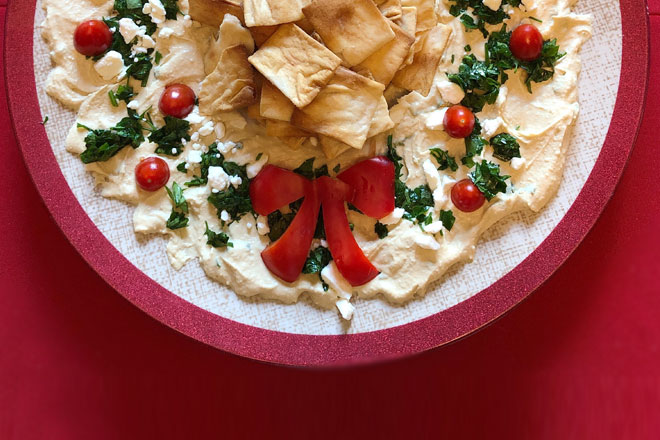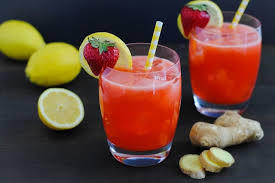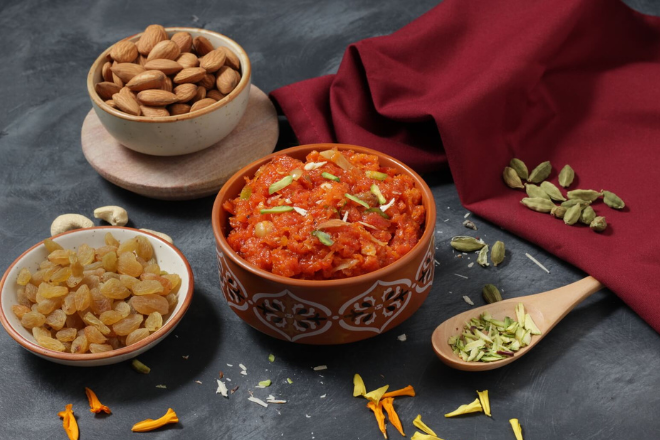It’s that time of the year – holiday mood and parties around every corner. Foodwise, caution is thrown to the wind and plates end up packed with food that is lower on the nutritional ladder. So the most important question this festive season is “What’s on my plate?”.
Festival, party and ‘fun-foods’ are usually colourful, crisp, packed with added flavour and understandably hard to resist after you’ve had a bite. Just what is it that makes these foods irresistible? And how do you spot them and knock them off your own and your child’s plate?
Understand the journey the food has taken from the farm to your plate.
Take a look at your plate and try to identify the foods you have on it. Can you identify their original form? The golden rule – The further away it is from its original form, the more unhealthy it is. Here’s an example – does a potato chip look anything like a potato spud found on a farm? Or does a ragi (finger millet) based breakfast cereal look anything like the small purple grains of unprocessed ragi? No? Then they aren’t healthy. You get the idea?
Hello minimally processed foods, bye bye ultra processed bites.
Foods that are minimally processed should form the backbone of a healthy diet. These foods are mostly in their natural form apart from, say, being cleaned up of inedible bits and perhaps being dried, ground, frozen, chilled or any such process that does not lead to a change in their natural identity. For example, the whole wheat that is used to make a paratha or chapati belongs to this group. Some foods that have a few more ingredients added to them apart from the core ingredient (usually salt and sugar) are called processed foods. Some foods in this category are canned fruits and vegetables, some types of cheeses, unpacked freshly made bread, etc. However, there is a fine line here that needs to be balanced. If a processed food contains too much salt or sugar added to it, then it becomes nutritionally unsound.
Ultra processed foods are the bad guys you need to uninvite from the party. These foods go way beyond the addition of salt, sugar or fat, and include artificial colours, flavours and preservatives that increase shelf life, preserve texture, and increase palatability. An example of this would be packaged cakes, store-bought breads, frozen ready-to-eat food, chips, chocolates, soft drinks, and “nuggets”. Chicken nuggets have been shown to contain Advanced Glycation End Products (AGEs) that cause diabetes and even dementia. What makes them tough to put down is that they are industrially designed with such intense sensory profiles that it is difficult to stop with just one. Overall, ultra processed foods typically contain large amounts of sugar, salt and fats, and health scientists have linked their consumption with a host of health problems and diseases such as obesity, diabetes, cancer, heart disease and others.
Choose home cooked food over home delivery temptations.
When it comes to restaurant food, cooking methods, quality of ingredients and cooking oils can often lead to nutrient losses or create food with poor nutritional value. A simple example is when vegetables are parboiled in boiling water and the water is discarded to retain colour. Along with the strained water, out go the water soluble vitamins and minerals. Meats when roasted or grilled at high temperatures can lead to the formation of cancer-causing substances (heterocyclic amines) in your food. Restaurant food can never compete with the wholesome goodness of a home cooked meal, made with care and love.
Now that we have given you a good amount of food for thought, stop, think and decorate your plate with all things good and nourishing this festive season.
Written by Dr. Sripriya Venkiteswaran, Ph D (Nutritional Sciences)
Content Lead, CiCN
References:
- Ultra-processed foods, diet quality, and health using the NOVA classification system https://www.fao.org/3/ca5644en/ca5644en.pdf Accessed on 26th October 2021





